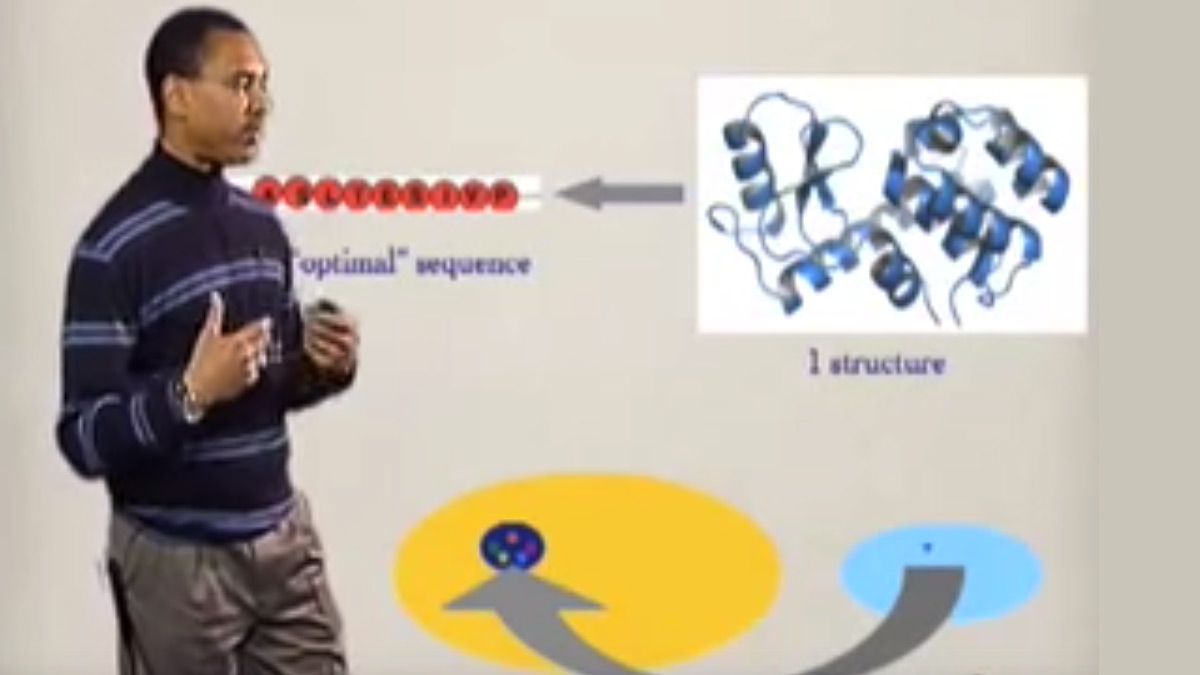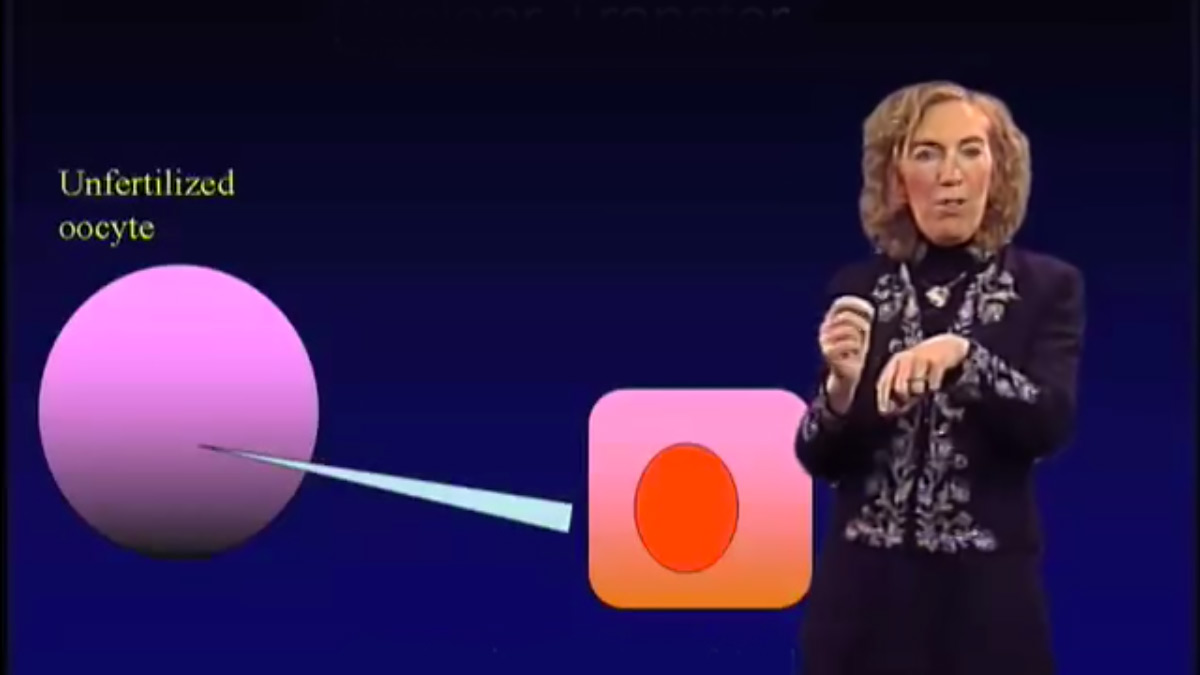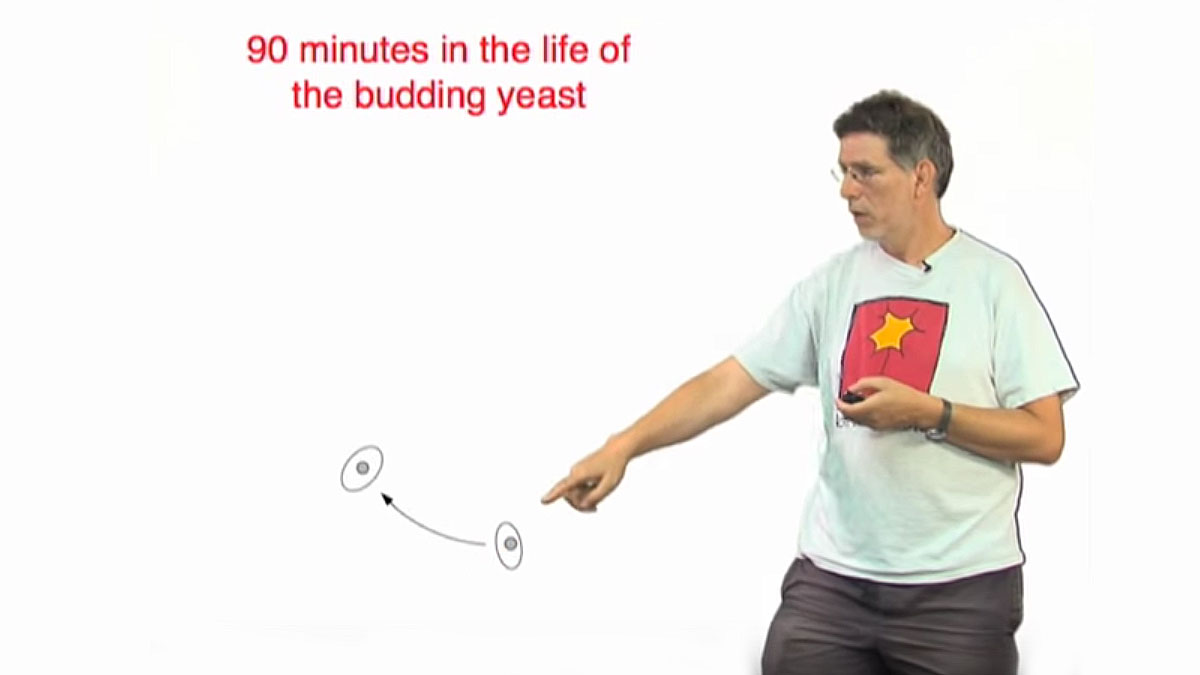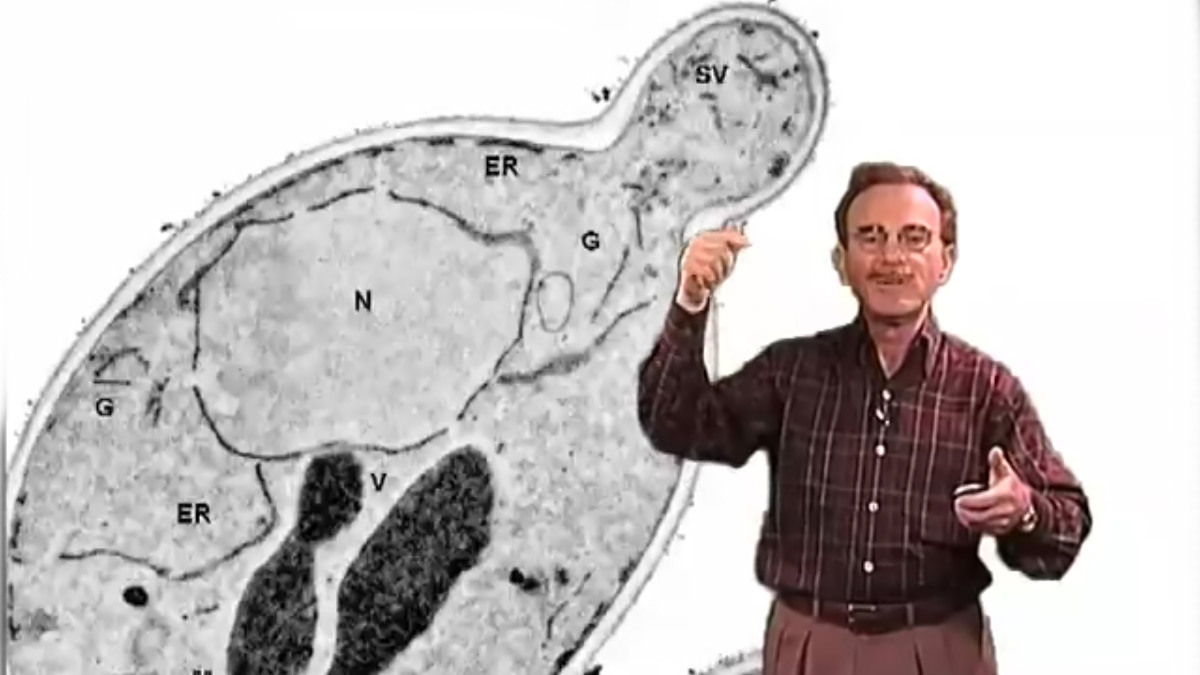Talk Overview
The story of how Morrison and his colleagues convinced Michigan voters to pass Proposal 2 and protect stem cell research in the state.
Speaker Bio
Sean Morrison

Sean Morrison is Director of the Center for Stem Cell Biology and Professor in the Life Sciences Institute at The University of Michigan. He is also a Howard Hughes Medical Institute Investigator. His lab investigates the mechanisms that regulate stem cell function in the hematopoietic and nervous systems. Continue Reading








Leave a Reply